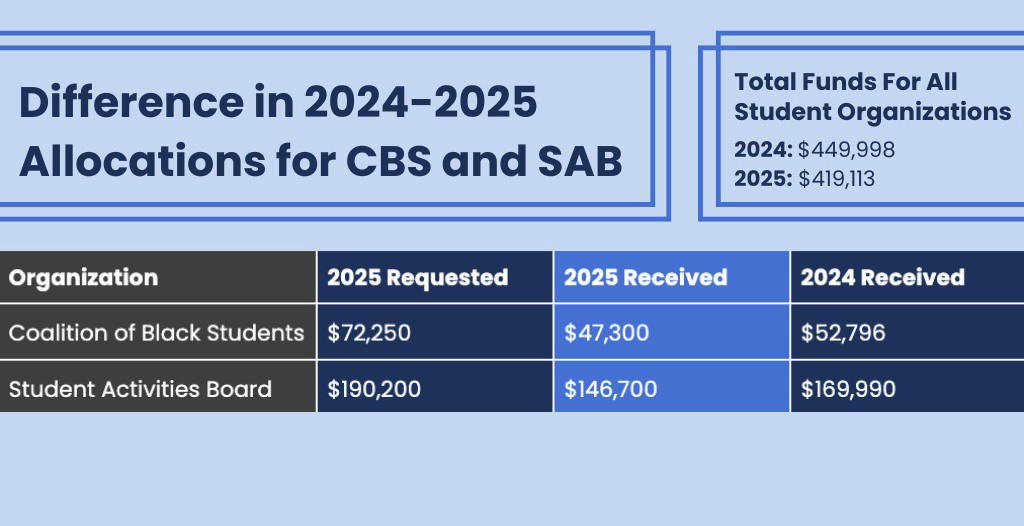BY MAX BROWN
September 25th is national “One-Hit Wonder” day, a day where we celebrate those artists who had one famous (or infamous) song and were never heard from again. In honor of this day (and because I need a healthy dose of stupid after spending the last couple weeks dealing with political articles), let’s look at a few of the most famous one-hit wonders, both for the right and wrong reasons:
The Bad
“Mambo no. 5” (a little bit of…) – Lou Bega (1999)
David Lubega’s one and only contribution to pop culture was this cover of a 1949 instrumental piece of the same name. Bega wrote lyrics for the instrumental, over 50% of which are him simply reciting women’s names. The ‘40s mambo grooves are shot through with jarringly out-of-place synth stabs and record scratches and the names Angela, Pamela, Sandra, Rita, Monica, Tina, Mary and Jessica are ruined for an entire generation.
While the comically simplistic lyrics have been a small yet constant meme since the song’s release, Bega’s admiration for “Monica” has recently been discovered and lovingly lampooned by fans of Monika, antagonist to the 2017 dating simulator/psychological horror game Doki Doki Literature Club.
“I’m too Sexy” –Right Said Fred (1992)
Sporting vocals that sound like Henry Kissinger’s attempt at dirty talk and a music video that looks like a workout video staged by Hooters employees, Right Said Fred’s “I’m too Sexy” is a shoe-in for this list.
Right Said Fred have had a relatively healthy career post-”I’m too Sexy,” touring and creating music up to today. Although they have never had a massive hit to follow “I’m too Sexy,” they’ve maintained a modest but consistent following in Europe. In 2018 Right Said Fred members Richard and Fred Fairbass were given a songwriting credit for Taylor Swift’s “Look What You Made Me Do” due similarities between the Swift tune’s chorus and “I’m too Sexy.”
“Ice Ice Baby” – Vanilla Ice (1989)
Perhaps the best argument against white rappers, Rob Van Winkle, known by his stage name “Vanilla Ice,” steals samples the beat and bassline of Queen and David Bowie’s “Under Pressure,” adding one repeated note to the end of the bassline in a feeble attempt at making the music his own. On top of this stolen track Winkle delivers history’s most generic party rap, which would conjure images of pyramids of solo cups and pizzas on the turntable if it weren’t somehow so subdued and lifeless. , sounding instead fit for the 2 PM playlist at your local bowling alley.
After a lawsuit forced Winkle to pay a fine and share songwriting credits with Bowie and all members of Queen for the song, he largely dropped off the radar save for some legal trouble every few years. It was during this time that he began pursuing his true passion, house flipping, reemerging in 2009 with The Vanilla Ice Project, a reality show about his work in remodeling and flipping.
“Axel F” – Crazy Frog (2005)
Possibly the worst one-hit wonder ever made, this mind-bogglingly infuriating cover of the Beverly Hills Cop theme was “created” by Crazy Frog, a 3d animated frog and the brainchild of Swedish playwright Erik Wernquist. Originally dubbed by his creator as “The Annoying Thing,” Crazy Frog’s animation and sound effects were purchased in 2004 and two albums credited to the computerized amphibian were sent into the world.
As he’s a fictional character, no one can say what Crazy Frog has been up to in the years since his 15 minutes of fame. We can only hope than he and Pepe the Frog try to cross the road together and get run over by an 18-wheeler.
The Good
“Spirit in the Sky” – Norman Greenbaum (1969)
An earlier one-hit wonder, this gospel-driven rocker was written by Greenbaum in 15 minutes. Over a hard rocking fuzz guitar riff, Greenbaum tells the story of an old west gunfighter preparing to meet his maker after “dying with his boots on.” Although Greenbaum never had another hit, “Spirit in the Sky” sounds just as fresh as it did 50 years ago.
The song was introduced to modern audiences in the 2014 film “Guardians of the Galaxy,” where it finds a spot in hero Peter Quill’s “Awesome Mix.” Greenbaum was critically injured in a car accident in 2015, but he has since recovered and returned to performing.
“Come on Eileen” – Dexy’s Midnight Runners (1983)
Dexy’s Midnight Runners, a band named for the club amphetamine Dexedrine, found a lightning strike in this eclectic Celtic–tinged folk rock number. The lyrics tell a tale of lust similar to contemporary tracks like Meat Loaf’s “Paradise by the Dashboard Light” and the Georgia Satellites “Keep Your Hands to Yourself” while a folk setup of bass, fiddle, banjo and piano provide a pulsing, danceable beat.
Reuniting in 2003 after breaking up in 1986, the band shortened their name to simply “Dexy’s” and have remained a local presence in the UK and Ireland, recording an album of Irish soul standards in 2016. The band’s new local, folk aesthetic is fitting given the nature of their major hit.
“Video Killed the Radio Star” – The Buggles (1979)
Recorded on the eve of the MTV era, this reflection on the changing landscape of the music industry in the face of modern technology would prove to be eerily prophetic as MTV dominated mass media over the next 20 years. Despite lyrics worrying about the influence of technology in the music industry, the song itself embraces this technology to great effect, pioneering the muffled vocals, synth beats and sleek production that are, for better or worse, a staple of every pop album recorded today.
“Video Killed the Radio Star” heads “The Age of Plastic,” an album focused on the massive benefits and potential pitfalls of technology and consumerism. The band broke up in 1982, only a couple years into their predicted video revolution, and have only appeared in brief reunions since.
“Take on Me” – Ah-ha (1985)
This synth-pop song by Norwegian group Ah-ha is arguably the greatest one-hit wonder ever recorded. All the staples of a legendary op song are here – the melody is infectious as hell, the music video, shifting seamlessly between animation and live action, holds up today and was groundbreaking when it was shot in 1985, and singer Morten Harket’s vocal acrobatics during the chorus, trailing into an unmatchable pitch during the last line, are legendary.
“Take on Me” sits on the level of those songs like “Don’t Stop Believin’” and “Hey Jude,” where every member of every generation can sign along to every word. The song has remained famous well into the 21st century, kept thriving by memes both lampooning and appreciating its theatrics. Although A-ha’s international success fell off after “Take on Me,” one couldn’t ask for a better song to define their legacy.







